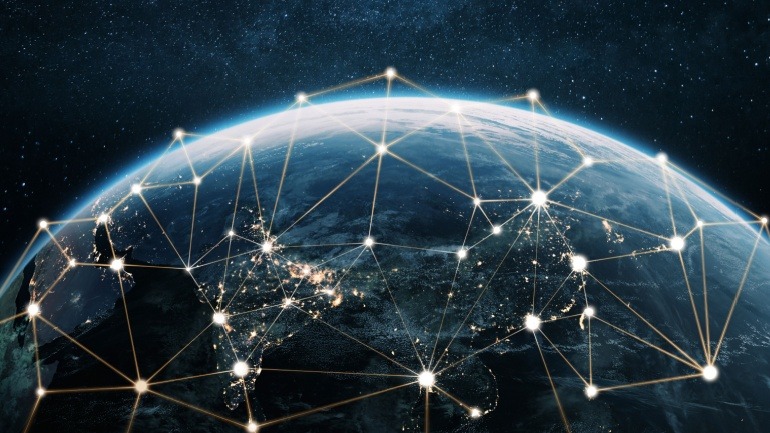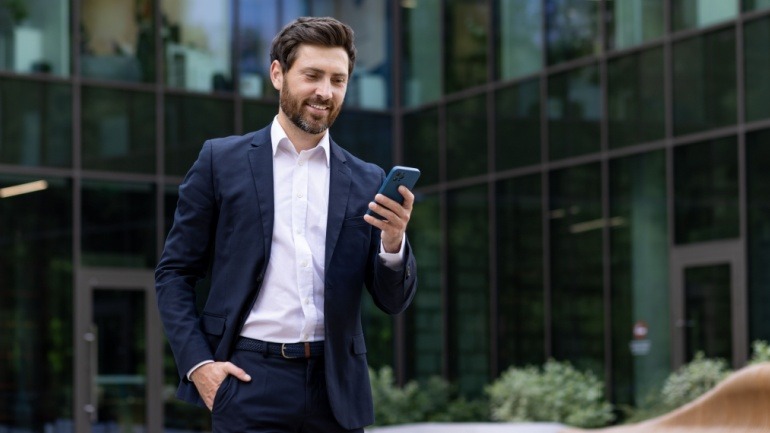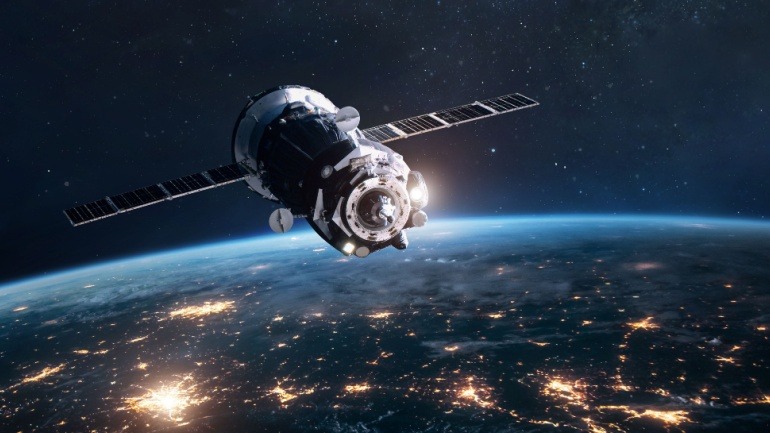Explore the latest collaboration between UK-based cellular IoT MVNO, Eseye, and satellite provider, Sateliot. Together, they are transforming the IoT landscape by extending network coverage with a cutting-edge satellite solution, promising seamless global connectivity.
The UK government is launching three innovative satellite projects to improve broadband access in remote areas. Combining LEO and GEO technology, these initiatives target isolated regions like Rathlin Island and Papa Stour.
The UK’s armed forces will boost their intelligence capabilities with the 2027 launch of the Juno satellite. Led by SSTL, this £40 million project will create 200 skilled jobs, enhance surveillance, and aid environmental monitoring.
AST SpaceMobile has secured a U.S. government contract under the SDA’s HALO program, enabling it to compete in prototype space tech projects. This milestone positions the company to demonstrate its large BlueBird satellite arrays for government use, with potential applications in secure communication.
KT and its subsidiary KT SAT have revolutionized 5G connectivity through KOREASAT 6 integration with a 5G non-terrestrial network. This milestone utilizes the 5G NTN standard, expanding 5G services to remote areas. Their pioneering trials highlight NTN’s potential for 5G and future 6G innovations, overcoming geographical challenges.
Barcelona-based satellite IoT provider Sateliot has secured €10 million in a Series B funding round led by Global Portfolio Investments. This investment will enhance Sateliot’s NB-IoT constellation, aiming for 100 satellites by 2028. The company plans to offer real-time global coverage, targeting sectors like agriculture, industry, and logistics.
SoftBank and Intelsat have launched an innovative hybrid network for seamless 5G connectivity, integrating mobile and satellite technologies. This groundbreaking initiative aims for uninterrupted global communication, supporting applications like connected vehicles and disaster response.
Ericsson has joined the Mobile Satellite Services Association (MSSA) to promote Non-Terrestrial Networks (NTN) and advance direct-to-cellular and IoT communications. This collaboration leverages satellite spectrum to enhance mobile coverage globally. With MSSA’s focus on integrating terrestrial and satellite networks, Ericsson aims to provide seamless, reliable connectivity worldwide.
AST SpaceMobile’s five BlueBird satellites are set to launch on September 12, heralding the start of their commercial non-terrestrial network services in collaboration with carriers like Verizon and AT&T. This pivotal event not only enhances global cellular connectivity but also signifies a major milestone in low Earth orbit telecommunications.













